Magnitude 14 Apparent magnitude (V) 14 | ||
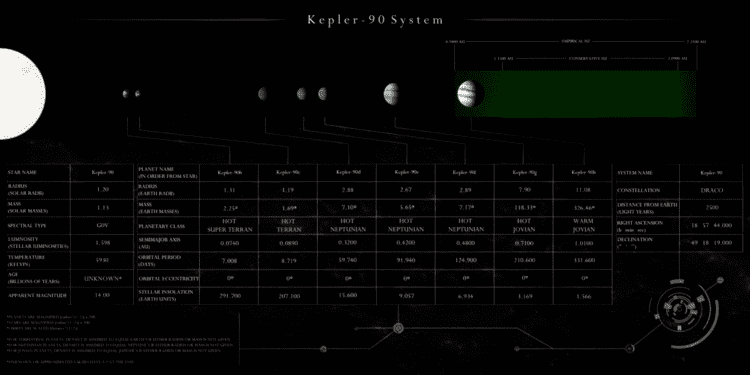 | ||
Similar Kepler‑10, Kepler‑11, GSC 03549‑02811, Struve 2398, Kepler‑33 | ||
Kepler-90 is a G-type main sequence star located about 2,545 light-years (780 pc) from Earth in the constellation of Draco. It is notable for having a planetary system that has the second-largest number of observed exoplanets in the Milky Way.
Contents
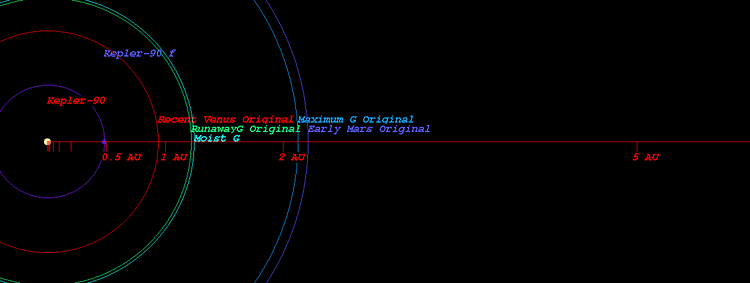
Nomenclature and history
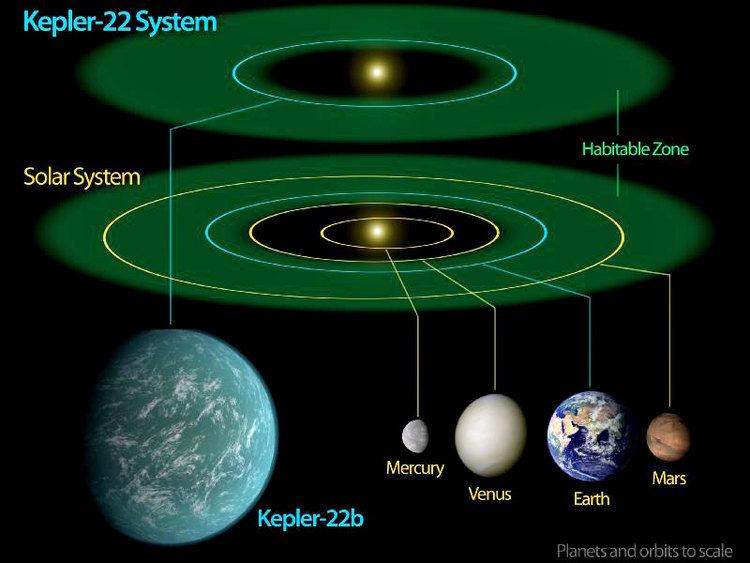
Prior to Kepler observation, Kepler-90 had the 2MASS catalogue number 2MASS J18574403+4918185. In the Kepler Input Catalog it has the designation of KIC 11442793, and when it was found to have a transiting planet candidate it was given the Kepler object of interest number of KOI-351.
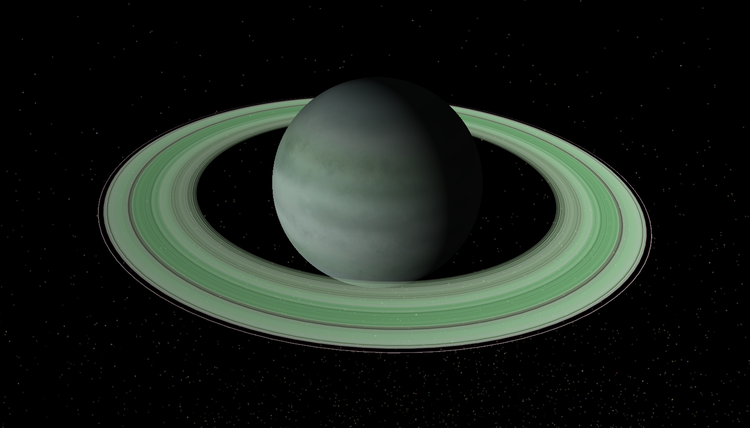
The star's planetary companion was discovered by NASA's Kepler Mission, a mission tasked with discovering planets in transit around their stars. The transit method that Kepler uses involves detecting dips in brightness in stars. These dips in brightness can be interpreted as planets whose orbits move in front of their stars from the perspective of Earth. The name Kepler-90 derives directly from the fact that the star is the catalogued 90th star discovered by Kepler to have confirmed planets.
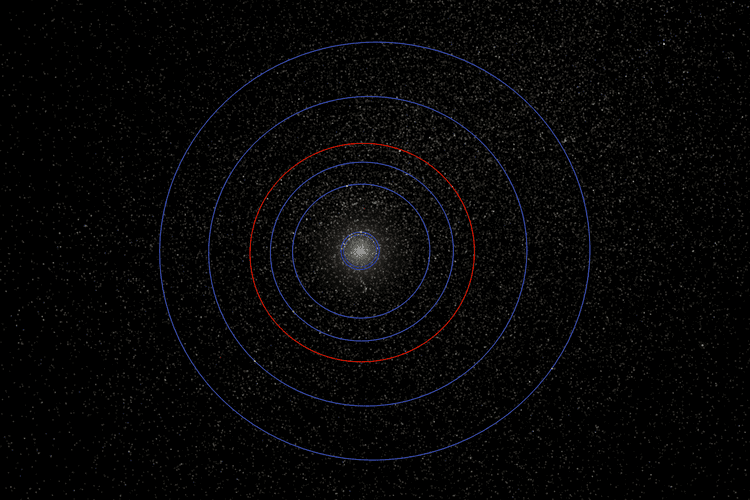
The designation b, c, d, e, f, g, and h derives from the order of discovery. The designation of b is given to the first planet orbiting a given star, and h to , followed by the other lowercase letters of the alphabet. In the case of Kepler-90, there were seven planets discovered, so designations up to h are used.
Stellar characteristics

Kepler-90 is a G-type star that is approximately 120% the mass and radius of the Sun. It has a surface temperature of 6080 K, and an estimated age of around 2 billion years. In comparison, the Sun is about 4.6 billion years old and has a surface temperature of 5778 K.
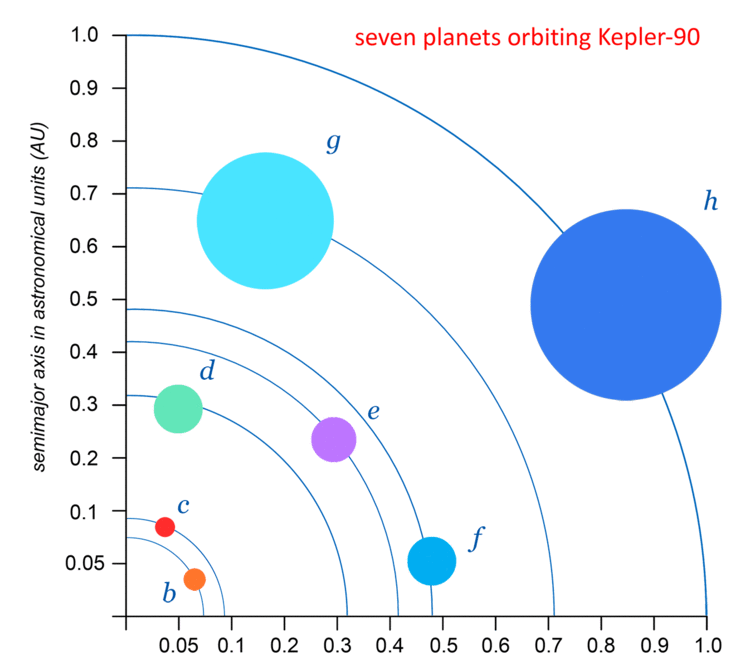
The star's apparent magnitude, or how bright it appears from Earth's perspective, is 14. Therefore, it is too dim to be seen with the naked eye.
Planetary system
Kepler-90 is notable for the configuration of its planetary system, which has similarities to the Solar System in which the rocky planets are nearer and gas giants further away. The five inner planets are either super-Earths or mini-Neptunes due to their size. The two outer planets are gas giants. The outermost known planet orbits its host star at about the same distance as Earth from the Sun.
Kepler-90 was used to test "validation by multiplicity" confirmation method for Kepler planets. Six inner planets met all the requirements for confirmation. The outermost planet showed transit-timing variations indicating that this is a real planet as well.
The Kepler-90 system is the only seven-planet candidate system from Kepler. Additionally, the inner five planets range in size from that of Earth to smaller than Neptune and the outer two planets are the size of gas giants. All seven known planet candidates orbit within 1 AU from Kepler-90. A Hill stability test and an orbital integration of the system shows that it is stable. According to the German news website The Local, the astrophysicists at the German Aerospace Centre (DLR) said on 28 October 2013, that they have discovered "the most extensive planetary system to date".
